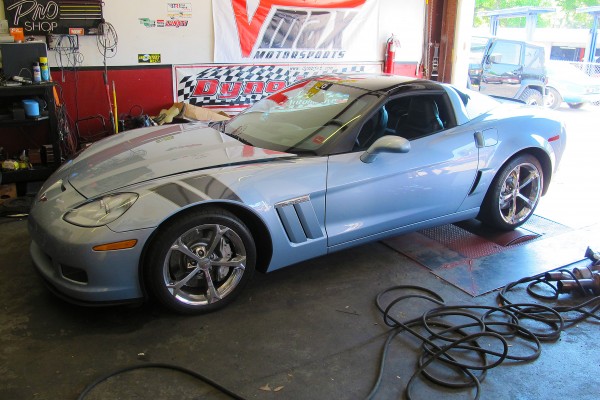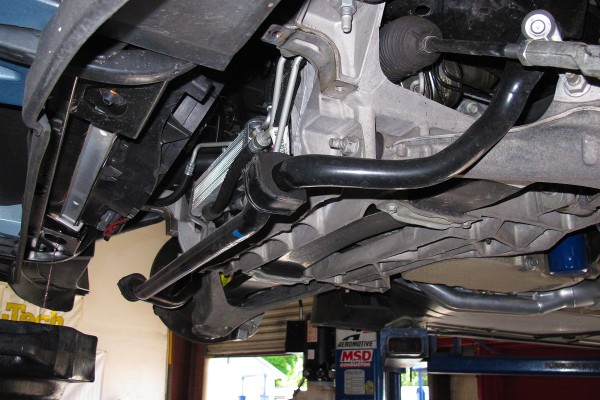Not getting enough from your LS3-equipped C6? Recently get your doors blown off by a Z06 or ZR1? Just want to give your Corvette a serious custom touch?
Magnuson Superchargers and Trick Flow Specialties have exactly what you need to impress your friends, scare your neighbors, and give your C6 the kind of acceleration you’d get in a fighter jet.
Magnuson’s MP2300 TVS Supercharger Kit for LS3-powered C6 Corvettes features the latest in roots-type blower technology. From TVS helical rotors to an intercooler system inspired by technology from Formula One and NASCAR, the MP2300 TVS system maintains excellent drivability while delivering big-time power gains.
Just how much power, you ask?
We put the Magnuson MP2300 TVS kit to the test on a C6 Corvette Grand Sport. Knowing that the Magnuson kit would welcome the best-flowing heads possible, we also grabbed a pair of Trick Flow 255 Gen X CNC-ported heads. Together with a custom ground cam spec’d out by our install shop, Antivenom Performance in Seffner, FL, this 2011 Corvette would prove to be anything but average.
See how the install came together in the slideshow below and then get the final power numbers. But you may want to find something to hold on to first!
Parts List
Magnuson MP2300 TVS Supercharger Kit
Trick Flow Gen X 255 Cylinder Heads (CNC-Ported)


































Let’s
try this on my 2001 Firebird Formula’s LS1. I will let you.
Please help I have mp2300tvs out Of 2014 Camaro 2004 6.0 in 2500hd chevy49.000 miles on it I would like to put in 1977 Grand Prix I don’t know what heads to use or cam and I need help like to finish for my son that is no longer here with us